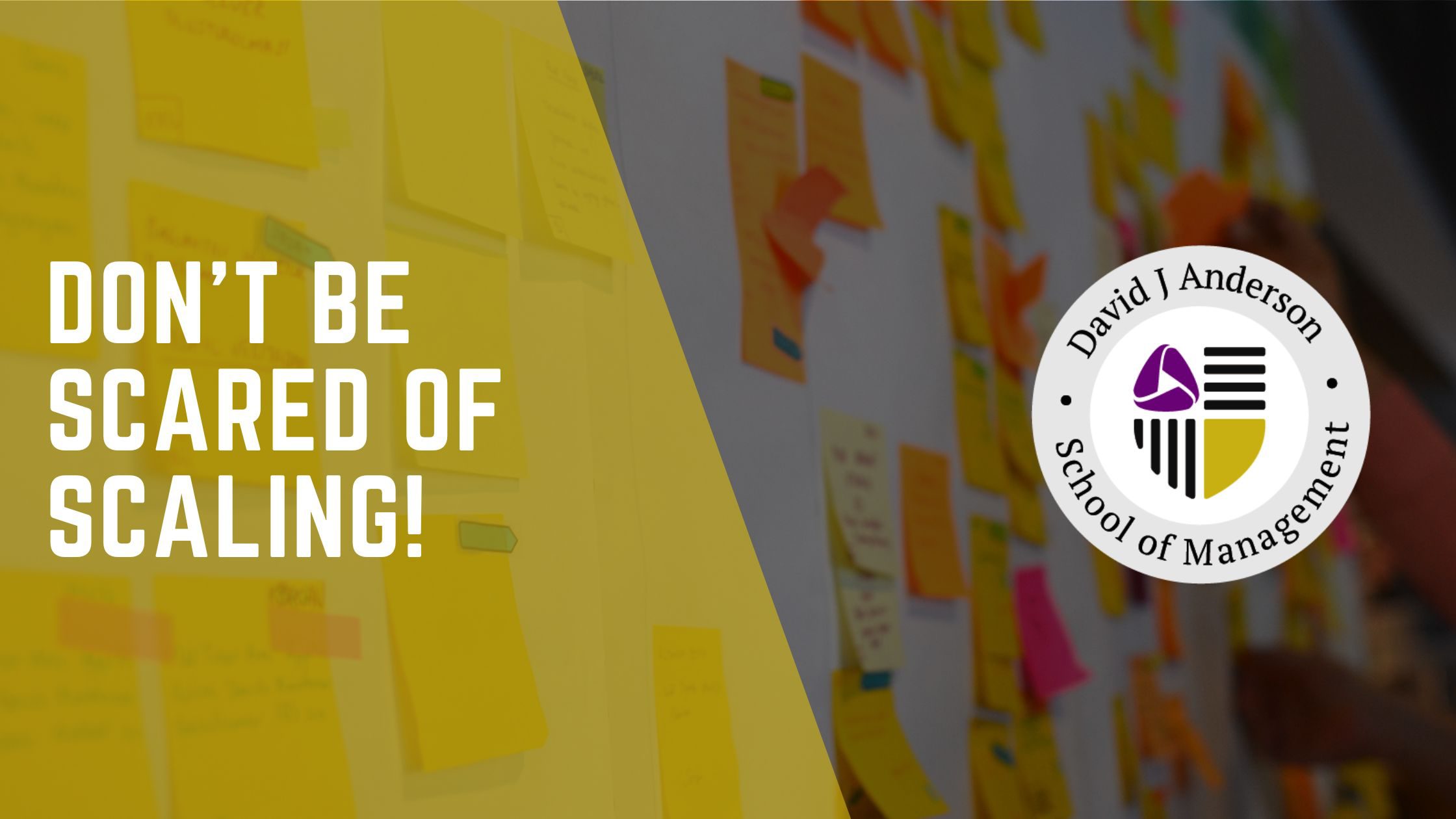Individual Kanban FAQ
Individual Kanban is the answer to better working after the pandemic and during the movement of teleworking becoming permanent. People are struggling to adjust to changes in how they work and the changing environment, but they also continue to struggle with the same things they struggled with in the office. This includes overburdening, the scheduling of work, and how they identify themselves among the other services.
With an interview with Anna Radzikowska, we took a look into what is individual Kanban, how it differs from Personal Kanban, and some of its possibilities and benefits.
A lot of people are familiar with the idea of Personal Kanban, is that what you refer to when talking about Individual Kanban?
No, Individual Kanban and Personal Kanban are different ideas. Personal Kanban is the work of Jim Benson. It is a great tool to use to plan your daily work or some type of life project, like a wedding for example. Personal Kanban is used to visualize and organize work. I observe a lot of personal Kanban among colleagues. It is an easy way to gain great visualization of things to be done. It does introduce some WIP limits and buffers.
However, Individual Kanban is something completely different. Individual Kanban is designed for a service of one in the network of other services. These other services might be other individuals or services of one, or they might be services in the traditional understanding of a team working together to deliver the service or product. In the Kanban Maturity Model, when we talk about Kanban for one person, we call it individual Kanban and not personal Kanban
Is Individual Kanban only found at Maturity Level 0?
No, the main difference between Personal Kanban and Individual Kanban is that while Personal Kanban stays at Maturity Level 0, Individual Kanban can reach higher maturity. In the class Individual Kanban for the Enterprise, we teach how to take Individual Kanban up to Maturity Level 4. However, even higher maturity is possible.
You start with basic practices such as visualization and work-in-progress limits as well as basic feedback loops with yourself. This is Maturity Level 0. Then, your Individual Kanban can mature. You can introduce feedback loops that will help you cooperate with other people or other services. The feedback will help you place yourself among other services and establish yourself as a service of one. You can also start introducing more mature policies. Visualization will also mature with the introduction of classes of service and work item types. This can be represented with different card colors and swim lanes. In the end, what we have learned for other services can be applied also to the concept of service of one.
How do you connect with your team as a service of one?
Take my own work for example. I have an individual Kanban board that helps me to organize my work and understand the services I deliver (I do provide different services to my organization). However, I connect back to the team for our workflow Kanban boards. When you start scaling Kanban you use a combination of different layers or different levels.
There are different dimensions of how you can scale Kanban. One of these dimensions is scaling in depth. You create a network of services within your organization, and you connect the services using feedback loops. If you are a service of one and you use Individual Kanban, on the Individual Kanban you can visualize the dependencies you have to other services. These services can be other services of one or teams. With Individual Kanban, you can see these dependencies and connections which allows you to manage them better. Seeing where you are in terms of delivery (Are you already late? Are you still on time? Do you have time to spare?) can also see show how urgent this delivery is. This allows you to see if these other services in your organization create a blocker that will prevent you from delivering on time. In summary, Individual Kanban fills that gap that may appear when you don’t have time to collaborate with your team. It allows you to visualize and understand what is going on around you.
Advertisements for the Individual Kanban Enterprise mention that Individual Kanban helps cut down time teams spend on video calls, how does this work?
From my personal experience, I have been able to cut down the amount of time spent on video calls with colleagues because I know what’s coming. I have my board organized so that the things that are supposed to be done next are listed at the top. This way I am not distracted by other work that is not very urgent or is intangible. Individual Kanban also allows me to see any dependencies. If I see any dependencies that will prevent my work from being finished, I know that a call is needed. However, due to the visualization and understanding of the work these calls are direct and to the point. This is also only needed when dependencies are found, if not I can continue my work independently as I can visualize what needs to be done and when. I’m not bothering my teams with everything on my mind. Instead, a focus is put only on items that have become urgent.
Interested in defining your service of one and learning how to take your individual Kanban to Maturity Level 4?
Join us for an upcoming session of Individual Kanban for the Enterprise. Gain a complete understanding of Individual Kanban and all its possibilities.





